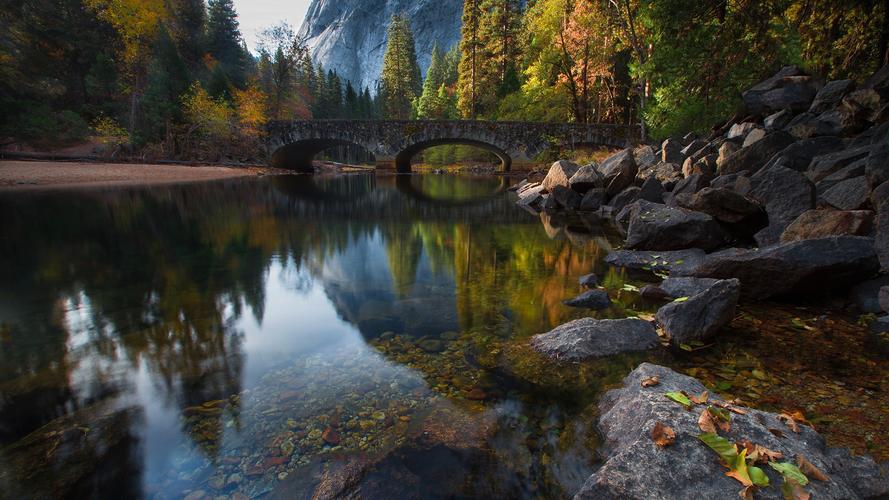Throughout human history, discoveries have been made that have fundamentally changed the course of our lives. From the discovery of fire, to the invention of the wheel, to the development of modern medicine, each discovery has brought about new understanding and a shift in our way of life.
But what is the process behind discovery? How do scientists and researchers come up with new ideas or make groundbreaking discoveries?
The process of discovery is often a multi-step process. It may involve observing, asking questions, forming hypotheses, conducting experiments or research, analyzing data, and drawing conclusions. For scientists, this process is often referred to as the scientific method.
Observation is the first step in the discovery process. This involves noticing something that seems interesting or unusual. For example, an astronomer may observe a new star in the sky, or a biologist may observe a new species of animal.
The next step is to ask questions about the observation. For example, a scientist may ask, “What is this new star made of?” or “How does this new species of animal fit into the ecosystem?”
After asking questions, scientists often form hypotheses, which are educated guesses about what might be happening. For example, a scientist observing the new star may hypothesize that it is made of a certain type of gas or material.
The next step is to test the hypothesis through experimentation or research. This may involve conducting experiments in a lab, collecting data through observation or surveys, or analyzing existing data.
Once data is collected, scientists analyze it to draw conclusions. This involves looking for patterns or trends that may support or refute their hypothesis. For example, if a scientist hypothesized that a new drug would cure a specific disease, they would look for data that shows whether or not the drug is actually effective.
Finally, scientists communicate their findings to others in the scientific community and the general public. This may involve publishing their results in scientific journals, presenting at conferences, or sharing with the public through news articles or social media.
Overall, the process of discovery is a complex and multi-step process that requires observation, questioning, hypothesizing, experimentation, data analysis, and communication. By understanding how the process works, we can better appreciate the incredible discoveries that have shaped our world and continue to push the boundaries of our knowledge and understanding.
(Note: Do you have knowledge or insights to share? Unlock new opportunities and expand your reach by joining our authors team. Click Registration to join us and share your expertise with our readers.)
Speech tips:
Please note that any statements involving politics will not be approved.
